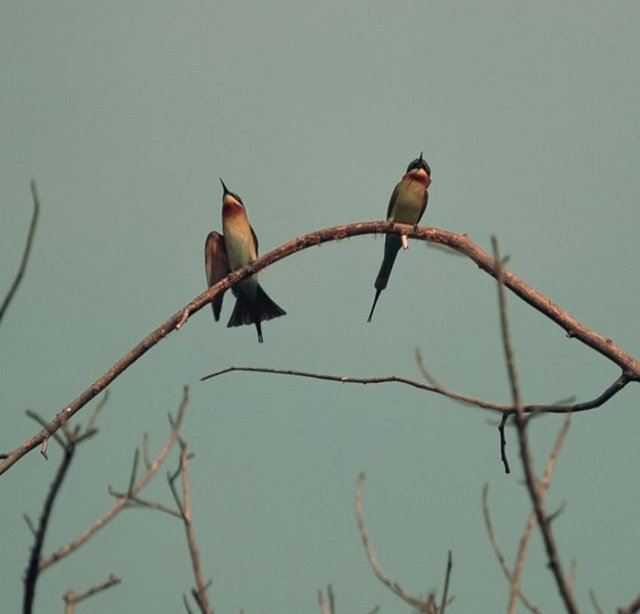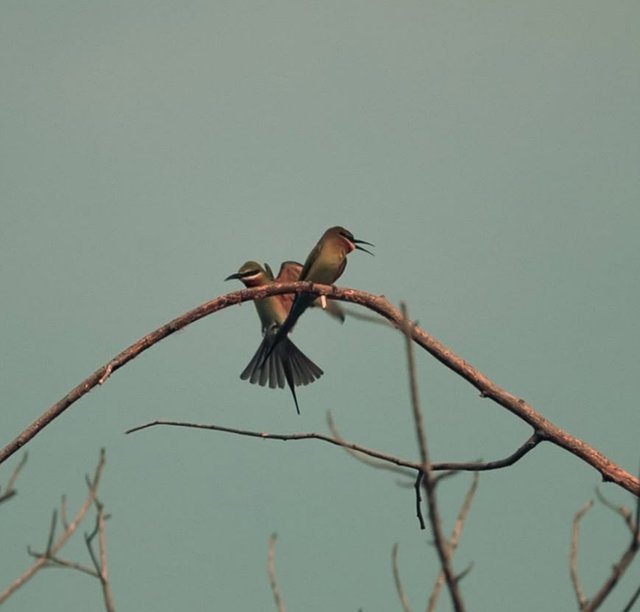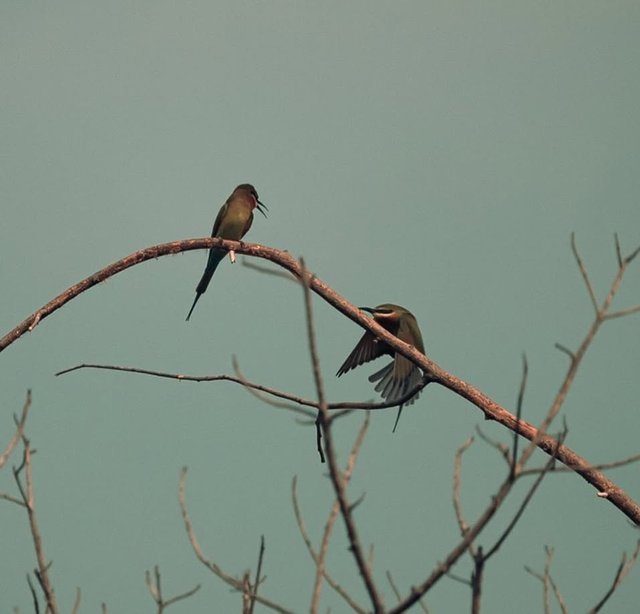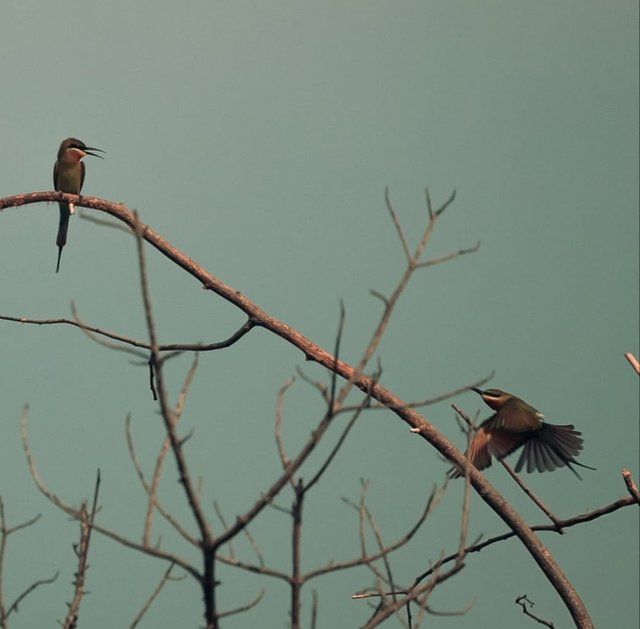So Cute Rosy Bee-Eater Bird
The Rosy Bee-Eater: A Stunning Avian Marvel
Nature never ceases to amaze with its diversity, and among the most striking birds gracing the skies of Africa is the Rosy Bee-Eater. Known for its vivid coloration, agile flight, and social behavior, this bird is a spectacle for bird watchers and nature enthusiasts alike.
Appearance and Identification
The Rosy Bee-Eater is a medium-sized bird distinguished by its bright pinkish-rose underparts, contrasting with a greenish back and wings. Its crown is a beautiful shade of rufous, and its long, pointed tail feathers give it an elegant, streamlined look. Like other bee-eaters, it has a black mask-like stripe across its eyes, enhancing its striking appearance.
Habitat and Range
Native to West and Central Africa, the Rosy Bee-Eater is commonly found in savannas, open woodlands, and riverbanks. It inhabits countries such as Nigeria, Cameroon, Gabon, the Democratic Republic of the Congo, and Angola, favoring areas where bees and other flying insects are abundant. These birds often migrate seasonally, following insect populations and suitable nesting conditions.
Behavior and Diet
True to their name, Rosy Bee-Eaters primarily feed on bees, wasps, and other flying insects. They are adept aerial hunters, catching insects mid-flight with remarkable precision. To avoid being stung, they skillfully beat their prey against a perch before consuming it.
These birds are highly social, often seen in large flocks. They are known for their synchronized flying patterns and communal roosting habits, which help them evade predators and locate food efficiently.
Breeding and Nesting Habits
Rosy Bee-Eaters are colonial nesters, meaning they breed in large groups. Their nesting sites are typically sandy riverbanks, where they dig long tunnels into the soft soil to lay their eggs. These tunnels can extend up to one meter into the ground, providing a safe space for their chicks. Both parents take part in incubating the eggs and feeding the young, ensuring their survival in the wild.
Conservation Status
Currently, the Rosy Bee-Eater is classified as Least Concern by the IUCN. However, like many bird species, it faces threats from habitat destruction, deforestation, and climate change. Conservation efforts focusing on protecting their natural habitats and regulating insecticide use can help ensure their continued presence in African ecosystems.




%20(9).jpeg)